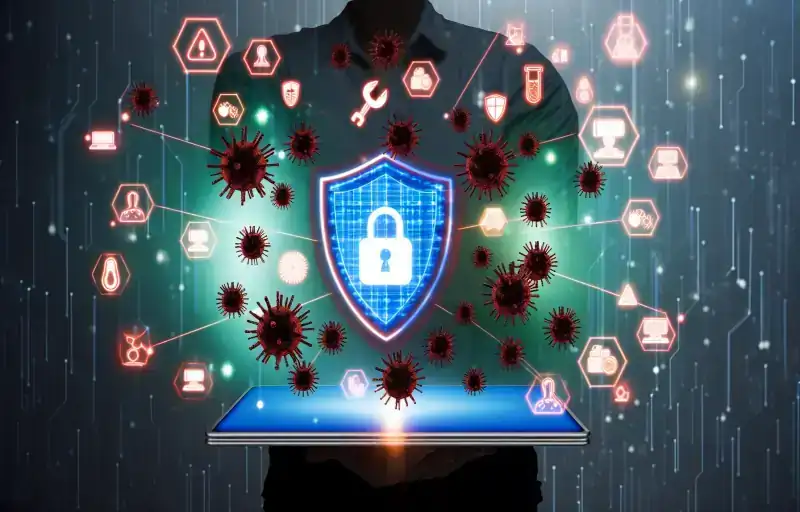
“RansomHub: A Rising Threat in Ransomware Landscape, Targeting Critical Sectors Globally”
RansomHub’s Rise: Analyzing the Impact and Spread Across Critical Sectors
Since its emergence in February 2024, the RansomHub ransomware group has swiftly escalated its operations, encrypting and transfering data from at least 210 victims across a broad spectrum of critical sectors. This alarming spread impacts industries as diverse as water and wastewater, healthcare, emergency services, and financial services, underscoring the pervasive threat that RansomHub poses to national and global infrastructure.
Originally known as Cyclops and Knight, RansomHub has evolved into a ransomware-as-a-service (RaaS) powerhouse. This transformation has been bolstered by attracting high-profile affiliates from other notorious groups like LockBit and ALPHV, particularly following recent law enforcement crackdowns on these groups. The collaboration among these cybercriminal heavyweights has only enhanced RansomHub’s capabilities, making it a formidable force in the cyber threat landscape.
The statistics are telling: ZeroFox reported that RansomHub’s activities constituted about 2% of all ransomware attacks in the first quarter of 2024, escalating dramatically to 14.2% by the third quarter. This sharp increase is a clear indicator of the group’s growing influence and operational success. Moreover, with approximately 34% of its attacks targeting European organizations, RansomHub is not just a regional menace but a significant global threat.
RansomHub’s modus operandi involves a double extortion tactic where they not only encrypt victim data but also transfer it, threatening to release it publicly if their demands are not met. Victims are coerced into negotiating through a unique .onion URL, facing the risk of having their sensitive data exposed online for up to 90 days if they refuse to pay the ransom.
The initial breach by RansomHub typically exploits vulnerabilities in widely used software such as Apache ActiveMQ, Atlassian Confluence, and various Citrix and Fortinet products. Once they gain entry, their affiliates carry out extensive reconnaissance within the network, employing tools like AngryIPScanner and Nmap, alongside other sophisticated techniques to stay under the radar while they lay the groundwork for their attack.
Post-infiltration actions include disabling antivirus programs and establishing robust footholds through tactics like creating new user accounts or reactivating old ones. They also use tools like Mimikatz to harvest credentials and escalate privileges, which facilitates lateral movement within the network using protocols and software like RDP, PsExec, and Cobalt Strike.
Interestingly, RansomHub has been observed using intermittent encryption methods which accelerate the encryption process, allowing them to move quickly to the data transfer phase. They utilize a variety of tools for this purpose, including PuTTY, AWS S3 buckets, and HTTP POST requests among others.
This escalation in ransomware sophistication is part of a broader trend in the cybercrime arena. For instance, Palo Alto Networks’ Unit 42 recently detailed activities of another group, ShinyHunters (also known as Bling Libra), which has shifted from merely selling stolen data to actively extorting their victims. This shift underscores a worrying evolution towards more aggressive and multifaceted extortion strategies in cyberattacks.
Moreover, the emergence of triple and quadruple extortion tactics signifies an even more ominous progression in ransomware strategies. These methods not only threaten to encrypt and leak data but also involve launching DDoS attacks or extending threats to a victim’s clients and partners. Such tactics amplify the potential damage and disruption caused by these attacks, pushing victims under immense pressure to comply with ransom demands.
The lucrative nature of these RaaS models continues to fuel the proliferation of new ransomware variants and attract collaboration from various actors including nation-state groups seeking a share of the profits. This complex web of threats highlights an urgent need for robust cybersecurity measures and international cooperation to mitigate these increasingly sophisticated cyber threats that jeopardize critical sectors worldwide.














